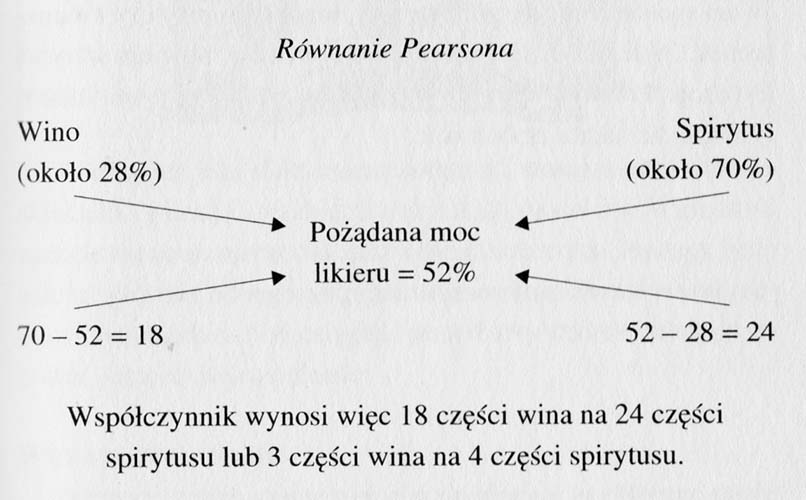Table wine
The basic principle, which we must remember: this type of wine must not have a very distinct aroma, because it should emphasize the taste of food, and not dominate it.
Red wine – usually light or medium, with a delicate aromatic bouquet, Dry (the exception is dew) – hydrometer should indicate 998-1004 Units. The alcoholic strength shall not exceed 12% – the initial weight is usually 1078. Suitable yeast strains are: beaujolais for light wines; gervin 2, burgundy and bordeaux for medium wines. The raw material for red wine is: Berries, elderberry fruits, damascenki, concentrate of red grapes and small amounts of black currants.
White wine – usually light – the exception among dry wines is white burgundy, among sweet – Sauternes, which are slightly heavier. The alcohol content is similar to that of red wine; sauternes should be heavier and stronger. This type of wine is obtained from flowers and leaves, but be sure to add the bananas, raisins or grape concentrate, which will give them character and power. Yeast strains used: graves, Rhine, chablis, champagne for light wines, gervin 1, bordeaux i sauternes – for mediums.
DESSERT WINE
Sweet, with a distinctive taste and aroma. It contains at least 16% Alcohol. Typically approx 2 kg of fresh fruit per gander (4,5 1) with the addition of bananas or raisins, to enhance the flavor. This type of wine is more acidic than the others, but it is less noticeable thanks to the sweetness.
Fortified wine
Port wines belong to this group, sherry Oloroso, wood; they must be of full flavor and strong aroma. They contain approx 18% Alcohol, they are sweet and often fortified. Recommended yeast – wood, tokaj, tarragona, gervin 6.
Liqueur
Branded liqueurs form two groups: proper liqueurs and the so-called. brandy. The first is made of spirit and flavoring ingredients – herbs, Fruit, vegetables or flowers, which are added before distillation. Another way is to macerate the ingredients in spirit; the length of the process depends on it, what strength of the liqueur we want to get. Sugar is added last.
On the other hand, eau de vie are a distillate of fruit or vegetable wines, which should not contain additional flavor, possibly sugar can be added. We include Framboise among them (raspberry flavor), Kirch (cherry flavor) i Calvados (with apple flavor).
The names of most of these liqueurs are reserved, but some companies produce essences that taste very similar to the original ones – this makes it possible to produce quite good liqueurs with minimal effort.
Choosing wine, which is to be the basis of the liqueur, let's not expect the best. The most important rule in the production of liqueurs is: the taste of the wine must be in harmony with the taste of the essence, which we are going to use. Therefore, choose a wine with a mild taste, but with a high alcohol content. Most liqueurs are best made with white wine; the exception is cherry brandy, for which product red wine should be used.
For home use, it is not worth making liqueurs with the power of branded liquors, but of course it depends on individual preferences. Aiming to obtain a high alcohol content in the drink, you should familiarize yourself with the so-called. pearson coefficient and take it into account in production. For example, if we want to get the equivalent of mint liqueur, then the Pearson coefficient will look like this:

The coefficient is therefore 18 parts of wine on 24 parts of spirit, or 3 parts of wine on 4 parts of spirit.
To get half a bottle of liqueur we should prepare:
128 ml of wine
170 ml of spirit
sugar syrup to taste (depending on the sweetness of the wine)
1 1/2 teaspoons of essence
glycerol to thicken the drink.
We mix all ingredients thoroughly. The drink is ready to drink right away, but its flavor gains significantly with time (because glycerol is quite difficult to dissolve).
It's worth understanding, that there is no point in counterfeiting branded liqueurs. Why not try your own drink made of your favorite herbs, fruit or vegetables. The possibilities are endless with the number of wines we know. Let's try to make a mulberry liqueur, pineapple or mint. They don't have to be large amounts – that's enough for a start 1/4 Litre; when we get the right flavor, we can repeat the experiment.
Everyone probably knows the second method of producing strong alcoholic beverages: it is about maceration of fruit with sugar in spirit. This is how sloe gin is made, peach or damascus… But it is not a cheap venture, for spirit is expensive. Besides, what a challenge it is – pour the spirit over the fruit and wait, until nature does its job.